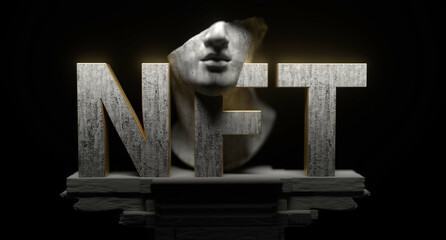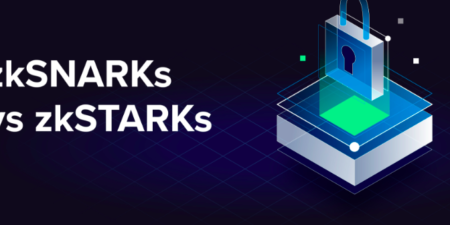The notion of non-fungible tokens has been the constant buzzword in the digital space. Their impressive rise to power in the digital trading world has attracted a massive volume of audience towards them. This has allowed the NFT domain to expand very vigorously in a short span of time. There have been numerous NFT concepts and types, like NFT twins, and the most recent type is the NFT physical asset.
Non-fungible tokens are unique digital assets that cannot be replicated or destroyed. It is built on the concept of blockchain technology which provides great transparency and security to the digital platform. Due to their exceptional features which are very favorable among the crypto community, this has been spreading out the way for more fresh concepts to be introduced. NFT physical assets are a very interesting and beneficial notion for crypto enthusiasts who are looking to enjoy interesting rewards.
The latest Addition To NFTs- NFT Physical Asset
Non-fungible tokens are primarily known all over the world for their exceptional and unique features. By maximizing these features, NFT physical assets have been very useful for crypto communities. This concept is very similar to the regular NFT concept but with some minor changes. The NFTs that are linked to their physical form are traded. When the NFT is traded, the ownership of the physical asset of that respective NFT is transferred to the buyer and as the NFT is being traded in the future, the previous sellers receive royalties. NFT physical assets are striving to create a bridge between the digital world and the physical world with their exclusive functionalities.
How To Change Physical Assets Into NFTs?
The conversion process of physical assets into NFTs is extremely simple. The selection of an appropriate NFT marketplace is the most important step. After that, the process is absolutely simple.
- Selection of the suitable NFT marketplace.
- Connecting the NFT marketplace with the appropriate crypto wallet.
- Upload the digitized version of the physical asset on the marketplace platform.
- After the upload, the marketplace will mint the digitized version of the physical asset into an NFT.
- After the minting process, the user is requested to furnish the NFT with technical details.
- Then, the freshly minted NFT is listed on the same NFT marketplace.
- In the majority of the NFT marketplace platforms, the user is provided with two primary selling modes, such as fixed-rate sale mode and auction sale mode.
- The user can choose the desired mode and the NFT is sold, where the ownership of the physical asset is transferred to the new buyer.
In-Depth Analysis Of Physical NFT Assets
To trade an NFT physical asset, the user should require the following procedures.
- Third-Party Custody Provider (TPCP)
A third-party authority is essential for the establishment of the physical NFTs. The third party stables the possession of the asset during the trading process. The TPCP is responsible for the damage occurring to the asset while it’s in possession. For the innovative functioning of the TPCP, it charges a fee to the crypto audience who wants to retrieve the asset.
- Insurance
TPCP is responsible for the damage occurrence of the assets. Thus, it takes out insurance on the allotted assets to compensate for any probable damage to the asset and the trust that is placed on the TPCP by the crypto audience is dependent on the availability of the insurance scheme.
- Legal Agreements
This is an important sector where it provides the user with the required law and regulations of the field.
- Non-Fungible Tokens
The usage of the NFT is mandatory as it is the medium to transfer ownership of the physical NFT asset.
- NFT Physical Asset Issuer
The issuer is provided at the final stage of establishing an NFT physical asset. It is important that an issuer is required to be established in order to develop NFTs for particular physical assets.
Features Of Physical NFT Assets
- Flexible Access To Assets
NFT physical assets provide flexible access to the public for trading assets that are not readily available in the digital platform.
- Quick Trading
Since physical NFT assets display secure ownership-It can be sold, bought, and traded in a small duration of time.
- Discovery Of Price
Price discovery is the process of formulating the value of a particular asset from the general public. It is very suitable for the operational factors of physical NFT assets.
- Liquidity
The buying and selling of certain assets are difficult. The utilization of physical NFT assets helps the user to receive high liquidity on a global scale.
Conclusion
The popularity of NFTs has been increasing to astronomical heights. It is dubbed as the face of digital trading. Their contribution to the crypto space is enormous due to the traction being created by the NFTs. The introduction of physical NFT assets has elevated the market value of physical assets and encouraged more crypto audiences to join this domain and experience greater rewards and profits.









